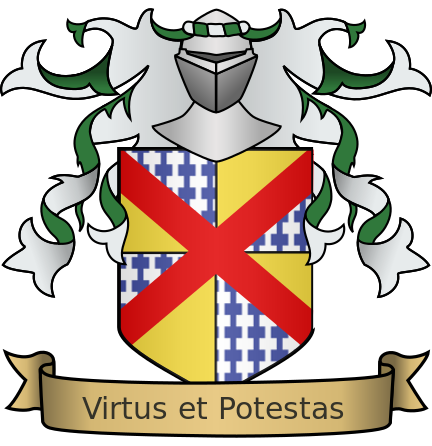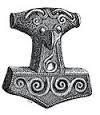

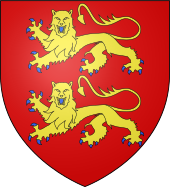
Fief de l'Eperon
In 1440, the Fief Blondel was transferred. In the deed, it specifies a certain fief called the fief Thomas Blondel being in the said parishes, parcel of the fief au Canely containing about three bouvées of land called the Bouvée Phlipot Pain, lying in the said parish of St Pierre du Bois, and the bouvées Torquetil and Bourgeon with the fief de l'Eperon lying in the said parish of Torteval and likewise all and such seigneuries, dignities, liberties, graces and franchises as to the aforesaid fiefs and each of them attach and belong with a certain dinner which the said Jenete takes and owns annually for an estate of inheritance, she claims, on the fief of the Prior of Lihou. Translation by Dr. Ogier of Guernsey. The 1440 deed shows that the Fief de L'Eperon at Torteval was transferred with the sale of the Fief Blondel along with rights to such seigneuries, dignities, liberties, graces and franchises and dinners from the Fief of Lihou. Historically, there several EPERON Fiefs. See: https://www.theislandwiki.org/index.php/Fiefs_of_Guernsey 1) Fief a Eperon or Fief de L'Eperon 2) Fief Des Eperons ( Seigneur Rougier and presently Seigneur Moullin Family.) One of these Eperon Fiefs ( The small fief of: Fief Des Eperon) is still shown on the map of Guernsey between the Fief L'Eveque de Coutan ces and the Fief De La Rue Frairie. This fief is not associated with Blondel and was owned by Seigneur Eric Bailleul Moullin (10 August 1893 – 18 September 1963) See Map : http://fiefs.digimap.gg/ or see large PDF EXPORT Therefore, the 1440 Blondel Deed's Fief de l'Eperon of Torteval is independent and separate from the other Eperon fief which may be in St. Andrews Parish. It is recorded as a dependency fief of Blondel. The 1890 List of Guernsey Lords/Seigneurs only shows one Eperon fief in St. Andrews. https://www.priaulxlibrary.co.uk/articles/article/lords-manors Thus, the other Eperon at Torteval fief would continue to be a dependency on the Blondel Fief. Histornical Note on the Fief Eperon by Dr. Ogier - Historian
"The fief de l’Eperon does not appear to be recorded otherwise than on this 1440 deed. I think, just as the
fief Thomas Blondel is said to be part of the fief Canelly so, as you suggest, this Eperon “fief” is/was a
dependency of Thomas Blondel.
Such a thing would not be that unusual, and several other fiefs’ records call certain dependent tenures
“fiefs” though these do not possess any of the usual manorial paraphernalia (a court etc). I imagine that at
some point they had somewhat more privileged occupants than some other holdings. The fief de Blanchelande is
particularly notable for being split up into many holdings, each known as fief this or that.
With best wishes, Dr. Darryl "
Fief des Eperons of St. Andrews Parish
Eric Bailleul Moullin (10 August 1893 – 18 September 1963) MA, ScD, Hon LLD, MIEE, was an Electrical Engineer. He was Emeritus Professor of Electrical Engineering at Cambridge, and was a founder member of the Guernsey Society. He spent three years as a teacher at the Royal Naval College, Dartmouth, and then returned to Cambridge in 1919 to become a university lecturer in engineering. In 1929, he moved to Oxford, where he became a Reader in Engineering Science. He spent World War II contributing his knowledge of electrical engineering to the war effort, working firstly for the Admiralty Signals Establishment in Portsmouth, and then as part of the senior research staff of the Metropolitan Vickers Electrical Co in Manchester. After the war, he was offered the newly-created Chair of Electrical-Engineering at Cambridge, and so returned there as its first ever Professor of Electrical Engineering. Guernsey Connections - Fief des Eperons He was very proud of his Guernsey roots, and was a regular visitor to the island, and knew the island well. He was a founder member of the Guernsey Society, and served as chairman from 1947-1949. He was a regular contributor to The Quarterly Review. Together with Herbert John Fleure and Freddie Priaulx, was a major contributor to The Guernsey Farmhouse, a book published by the Society in 1964 celebrating the ancient family houses in the island.
After the war, he purchased the Fief des Eperons and thus became Seigneur. This fief had
belonged to his ancestor, Jean Rougier, and he revived a number of the ancient seigneural
traditions, such as summoning the feudal court[1]. As part of this, he presented a set of gilt spurs to Queen
Elizabeth when she visited the island in 1957.
According to the History of Guernsy 1814 by William Berry, The parish of St. Andrew, which lies towards the southern extremity of the Island, is the only parish which is not at any part bounded by the sea, and consequently the incumbent has no tithe of fish. The parish is divided into La Grande and La Petite Vingtaine, contains about two thousand five hundred vergees of land, one hundred and twenty dwelling-houses, with a population of nearly seven hundred persons; and the number of quarters rated to public taxes is estimated at five thousand, the average rate per quarter paid yearly being about sixpence. There are several fiefs within the boundaries. That of Maux Marquis contains two hundred and eighty-five vergees, twenty-five perches. The frank-fief of St. Helena, containing about two hundred and twenty-four vergees, is now may be in the possession of William de Jersey, Esq. famil and the manor-house will be found depicted in the annexed Engraving. The rectors of this parish have long held a field for the service of performing mass when the seignior of this fief holds his court; but since the Reformation, the Lord's Prayer has been substituted in its stead.* The fief Rohais, the property of John Allez, Esq. family containing two hundred and eight vergees, small measure, of thirty six perches to the vergee. The fief La Haulle, fifty-eight vergees, thirty-seven perches; and the fief Eperons. In the last extent, mention is likewise made of the fief De la Rue Friery, L'Evesque, and of the Abbess Caen, with the bordage of Alminack. Citation
|
Seigneur de la Fief of Blondel Lord Baron Mentz of Fief Blondel Geurnsey Crown Dependency Seigneur Fief of Blondel George Mentz Lord Baron of Fiefdom Blondel Freiherr of Fief Thomas Blondel Feudal Lord of Baronnie - Noble Fief Barony Friherre > Fief de l'Eperon Seigneurs and Dames Travel Research Lord Paramount Feudal Barons The Seigneur Order Patron George Mentz Charter of Liberties Deed & Title Fief Blondel Islands Viking Kingdom Fief Worship Fiefs of the Islands ECS Extended Continental Shelf Styles and Dignities Territorial Waters Blondel Privy Seal Fief Bouvees of Fief Thomas Blondel Guernsey Court of Chief Pleas Fief Court Arms Motto Flower Fief de l'Eperon La Genouinne Kingdom of West Francia Fief DuQuemin Bouvée Phlipot Pain Bouvée Torquetil Bouvée Bourgeon Bailiwick of Ennerdale Channel Island History Fief Direct from the Crown A Funny Think Happened On the Way to the Fief Guernsey Bailiwick of Guernsey - Crown Dependency Confederation des Iles Anglo-Normandes Sovereignty Papal Bull Research Links Norse Normandy Order of the Genet Order of the Genet Order of the Star Est. 1022 Knights of theThistle of Bourbon Count of Anjou Fief Rights Blondel and King Richard Press Carnival Manorial Incidents Appointments of Seigneurs Store Portelet Beach Roquaine Bay Neustrasia Columbier Dovecote Fief Blondel Merchandise Fief Blondel Beaches Islands Foreshore Events Fiefs For Sale Sold Lords of Normandy Fief Coin Viscounts de Contentin Fief Blondel Map Feudal Guernsey Titles Board of Trustees The Feudal System Hereditaments Chancellor Flag & Arms Fief Videos Guernsey Castle Sark Contact Advowson Site Map Disclaimer Freiherr Livres de perchage Lord Baron Longford Income Tax Guernsey Valliscaulian Order Saint Benedict of the Celestines Society of Divine Compassion Dictionary Count of Mortain Seigneur de Saint-Sauveur Seigneur of Fief Ansquetil Top Success Books Datuk Seri George Mentz Order St. Benedict OSB Celestines Order of the Iron Crown Order of the White Falcon Colonel Mentz Order Red Eagle Order St. Louis Order Holy Ghost Order of Saint Anthony Order of the Black Swan Order of St Columban Order of the Iron Helmet Livonian Brothers of the Sword Fief treizième and Direct from Crown
Feudal Lord of the Fief Blondel of the Nordic Channel Islands Guernsey Est.
1179
Feudalherr - Fief Blondel von der Nordischen Insel Guernsey Est. 1179
New York Gazette - Magazine of Wall Street -
George Mentz -
George Mentz - Aspen Commission - Mentz Arms
Counselor George Mentz Esq. - Seigneur Feif BlondelBaron Annaly Baron Moyashel Grants to Delvin About Longford Styles and Dignities The Seigneur Court Barons Fiefs of the Islands Longford Map The Island Lords Market & Fair Fief Worship Channel Island History Fief Blondel Lord Baron Longford Fief Rights Fief Blondel Merchandise Events Blondel and King Richard Fief Coin Feudal Guernsey Titles The Feudal System Flag & Arms Castle Site Map Disclaimer Blondel Myth DictionaryMentz Scholarship Program 101 Million Donation - Order of the Genet Knighthood |
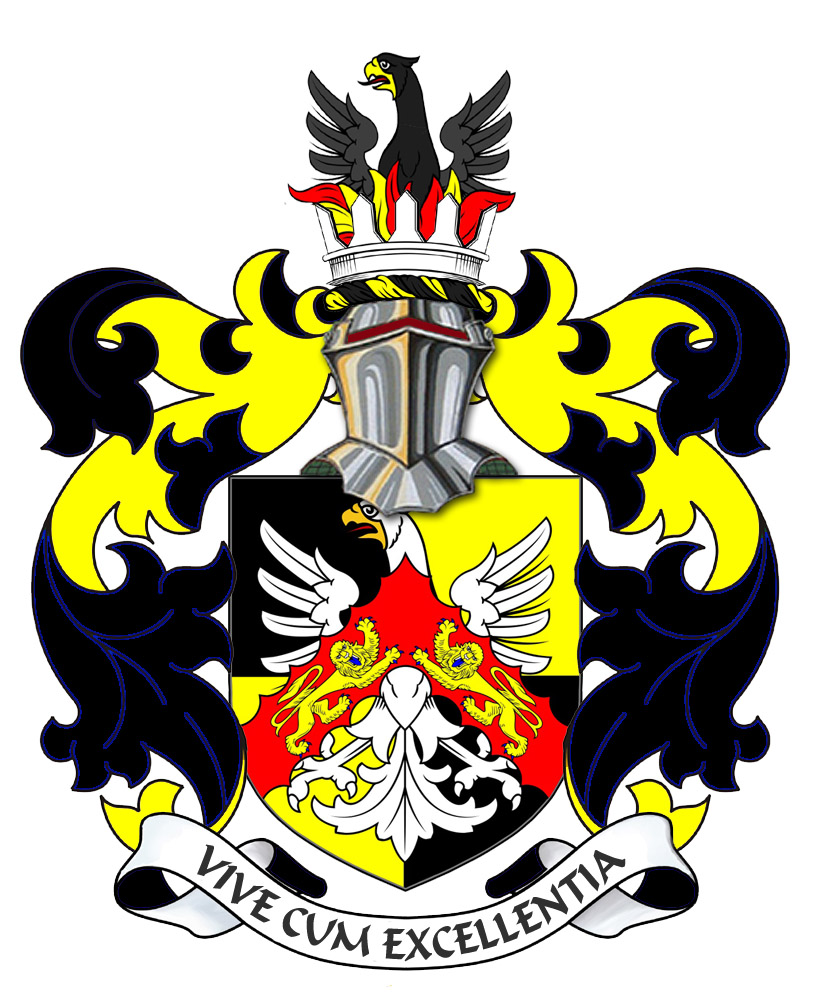
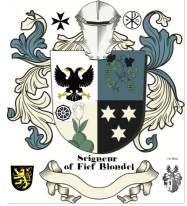
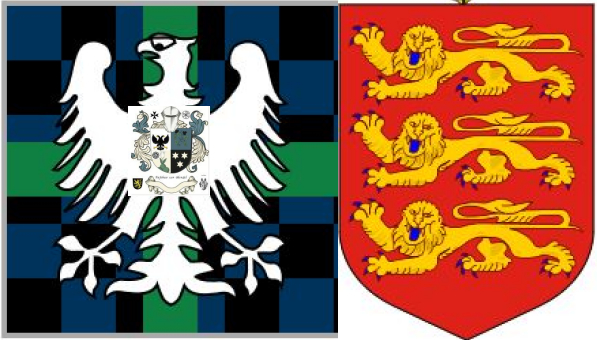
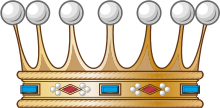

George Mentz Education -
Commissioner George Mentz
-
https://finance.yahoo.com/news/commissioner-george-mentz-clinches-influencer-180000705.html
-
George Mentz News -
George Mentz Net Worth - George Mentz Noble Tilte -
George Mentz -
George Mentz Trump Commissioner -
George Mentz Freiherren Count Baron -
George Mentz Global Economic Forum -
George Mentz Donates Millions
